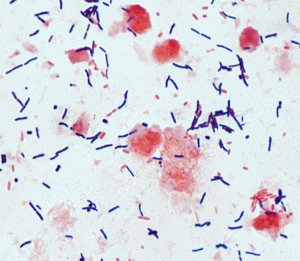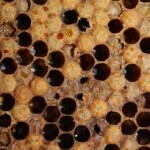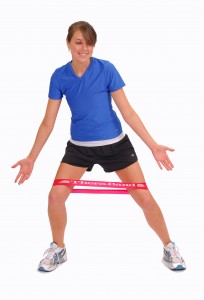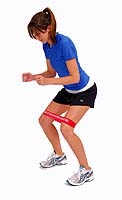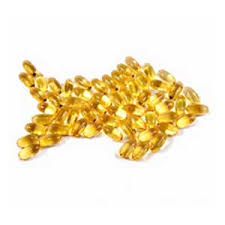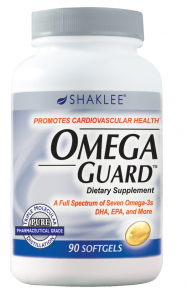Gentle Reader,
Since this is the season when mosquitoes terrorize our back yard suppers, I want to offer some suggestions for how to avoid mosquito bites
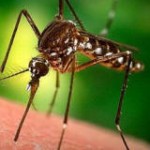
without resorting to DEET and other highly toxic preventative applications. For people who suffer from Rheumatoid Arthritis, even a mosquito bite can produce a flare-up. Luckily, I have not had an increase in osteoarthritis symptoms because of insect bites.
Natural ways to prevent mosquito bites:
Eliminate or treat standing water on your property—Good to do in your own back yard.
Mosquitoes are attracted to standing water, where they breed – thus the best way to avoid attracting them is to reduce the amount of standing water on your property. Here are some suggestions on eliminating standing water:
* Regularly clean and treat swimming pools
* Frequently change the water in wading pools, bird baths and other water containers
* Keep ditches, drains and culverts free of debris so water can drain properly
* Repair leaky pipes, outside faucets and failed septic systems
* Mow your grass short
Another option for standing water is mosquito dunks, which float in water and slowly release Bacillus thuringiensis v. israelensis (BT). BT is toxic for mosquitoes but considered safe for humans. An organic nursery is almost certain to have mosquito dunks and you can also often obtain them at local regular nurseries, hardware stores. You can also use Shaklee’s Basic H2 or other surfactant i.e. dish soap. A drop or two will change the water surface and the mosquito larvae cannot develop. Basic H2 is safe for the environment. I am not sure about other surfactants.
Plant mosquito repelling plants.
Bug-repelling plants such as marigolds, tansies, Thai lemon grass, citronella

grass, oregano, chives, catnip and garlic are excellent, natural mosquito repellents. Below is a suggested anti-mosquito planter:
Use mosquito repelling oils
Oil of Lemon Eucalyptus is considered to be one of the most effective natural mosquito repellents, providing comparable protection to low concentrations of the toxic mosquito repellent DEET.
Other effective mosquito repelling oils include:
Oil of Citronella. The oil of citronella found in outdoor candles, torches and skin products provides a natural and fragrant way to keep mosquitoes at bay. Note: there is a chance that citronella can cause skin irritations in children and people with sensitive skin, especially if applied incorrectly.
Soybean oil (provided that you can find an organic non-GMO source). A study conducted by The New England Journal of Medicine found that soybean-oil-based repellents protected against mosquito bites longer than all other botanical repellents tested.
Lavender oil. Fragrant lavender oil repels mosquitoes and it can be found in a variety of natural skin care products.
A non-authorized use of Basic H2 is mosquito repellant. I dab a few drops of the concentrate on my hair, forehead, neck, all exposed parts of the body and on thin material that a mosquito could penetrate. I worked well for me on a recent hike in a mosquito-laden area. It is amusing to watch the mosquitoes hover a half inch away from my chest, repelled by some bitterness in the Basic H2.
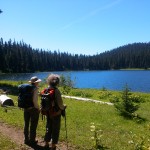
Other tips for eliminating and avoiding mosquitoes
1. Avoid being outside during dusk and dawn hours when mosquitoes are most active. The whole point of this post is to make it possible for you to be out at this time without getting bitten.
2. If you’re going to be outdoors for a long period of time, wear light colored long-sleeved shirts, long pants, shoes and socks that cover your skin. Tightly woven materials are best. Plus, be sure to wear light colored clothes, since mosquitoes are attracted to dark colors.
3. Avoid wearing fragrances (other than the oils listed above). Mosquitoes are attracted to fragrances, so it’s a good idea to avoid wearing perfumes and scented products while you’re outside.
4. Eat plenty of garlic. Garlic is released through the pores of your skin and the scent makes it harder for mosquitoes to find you and less likely to stay on your skin. Shaklee makes a non-smelly garlic that retains the potency of real garlic.
5. Take plenty of B Complex vitamin supplements. One of my customers was distraught that her 6 year old could not play outside with his friends in the summer dusk because of his high susceptibility to mosquitoes. She added 6 of Shaklee’s B Complex to his diet and he was able to play outside without getting any mosquito bites. I have not tried any other B’s, but I know Shaklee’s is effective for most people. I personally take 6 every day.
Thanks to my friend and high school classmate, Sammye for forwarding this article to me from The Best Years in Life. Their bi-line is Education, not Medication.
Whether insect bites set off autoimmune reactions like arthritis or not, avoiding mosquito bites will make your summer evenings more comfortable.
Be well, Do well and Keep Moving,
Betsy
206 933 1889
to shop go to www.grandmabetsybell.com/shop-shaklee-products/

